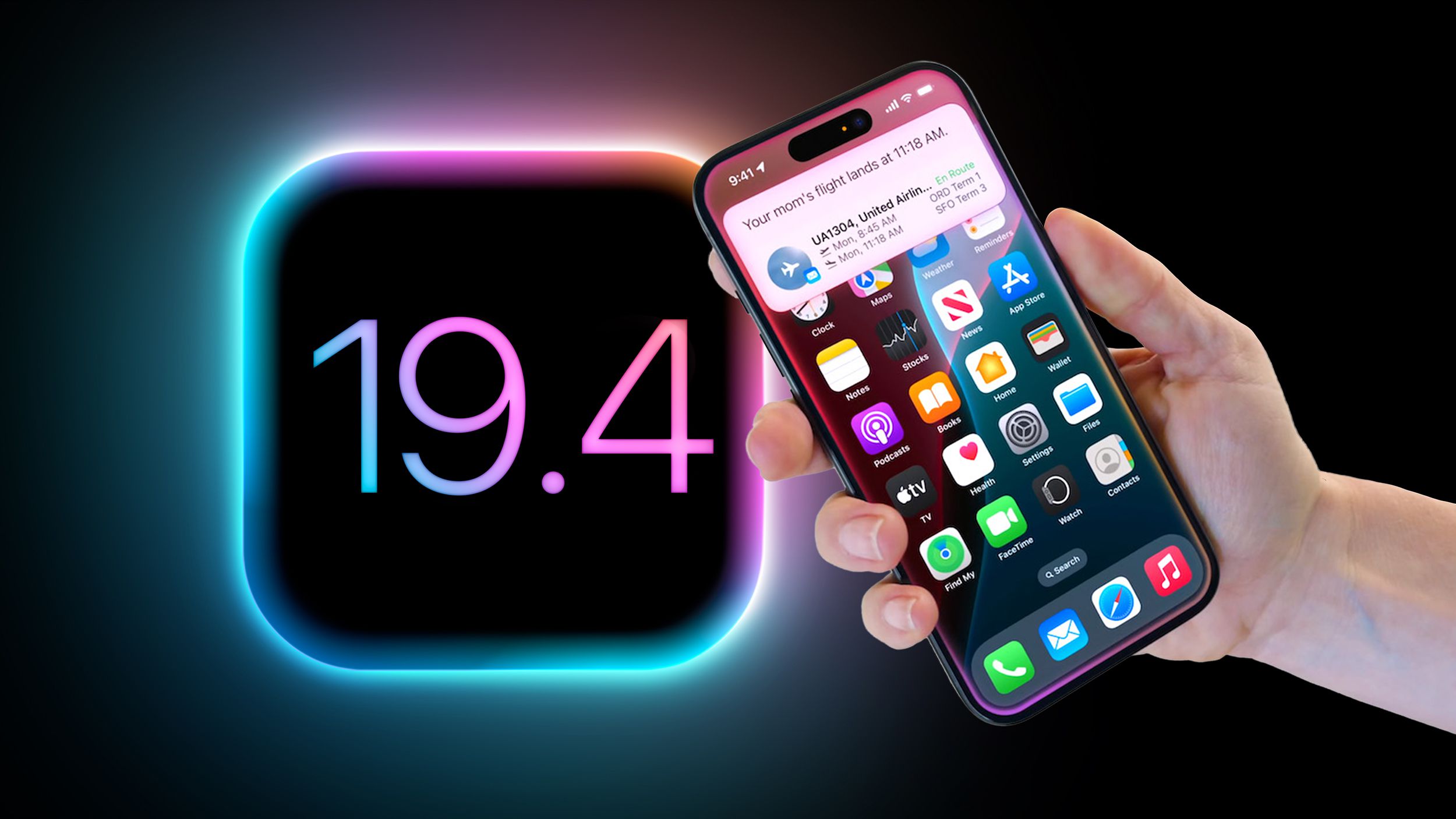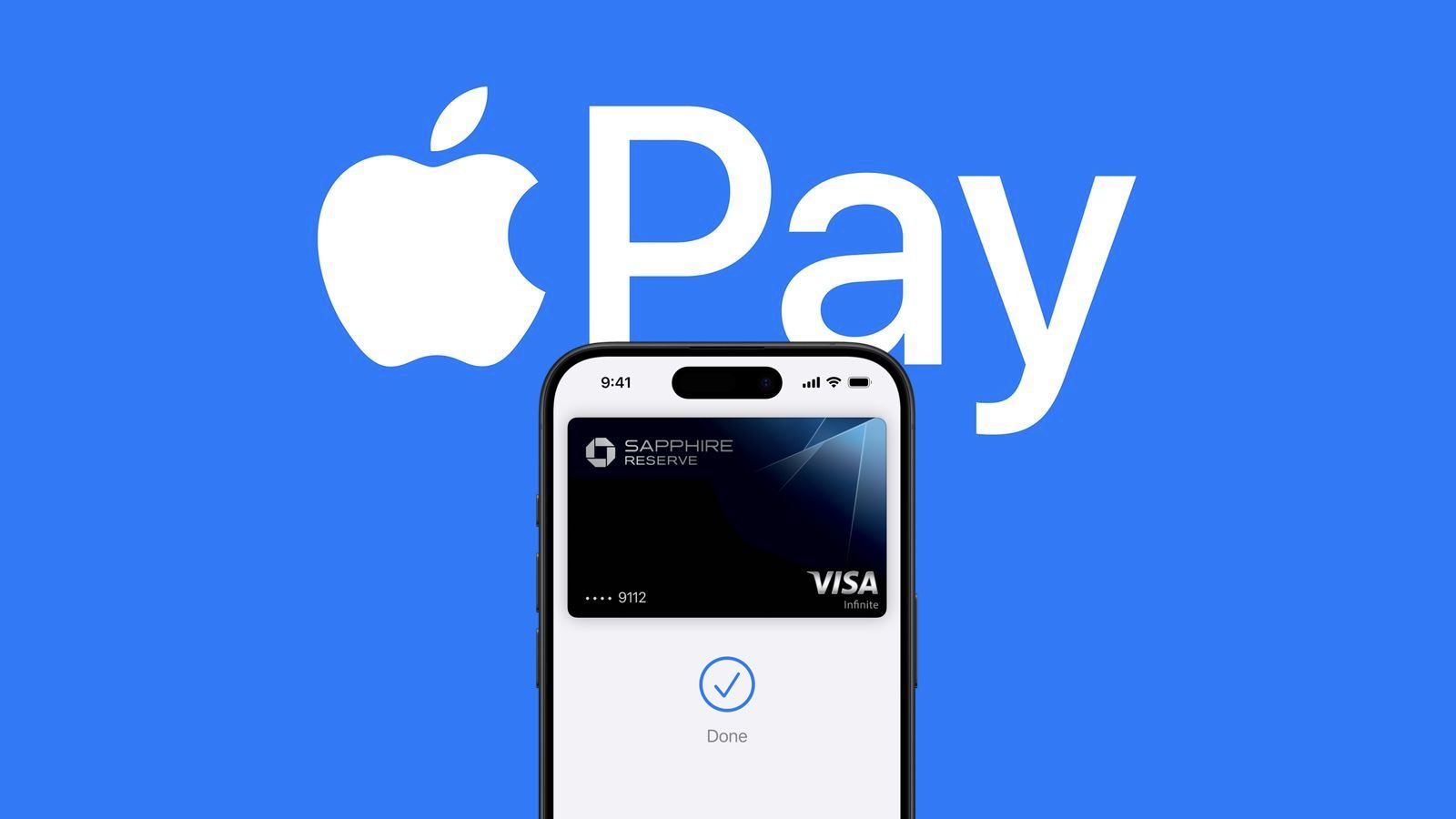Stanley Johnson is not a fan of needles.The 67-year-old Air Force veteran has endured his fair share of pokes over the years, but when it was decided that IV infusions would be the best course of action to treat his iron deficiency, going into that first session felt nerve-wracking.So he brought along what’s become a staple in his personal anxiety toolkit: his Apple Vision Pro.Johnson has taken to using the immersive wellness app, Tripp, to ease his anxiety, and he says it was a big help in getting through his treatments, especially in the beginning.
The app offers a number of relaxation and mindfulness experiences for AR/VR headsets and mobile, from guided meditation to calming soundscapes and breathwork.“That first time, I was anxious,” Johnson said.“I’d do the breathing exercises to put my mind into what environment Tripp puts me in.
Then I started watching movies.”When it comes to infusion therapy, the treatments can be long, the chairs uncomfortable and passing the time without a distraction is difficult.Watching a movie in the headset “instead of looking at this little screen that they had up on the wall,” Johnson said, is “phenomenal.” It’s transportive.ADVERTISEMENTAdvertisement“I can see it better than I can in a theater,” he said.“That’s one of the things that I realized when I started the IV infusions… You have this IV that’s in you for an hour, two hours — might as well watch a movie, and pick the one that I want rather than one that's randomly up there, or the food channel or something like that.”Since the inception of virtual and augmented reality devices, there’s been interest in how the technology could be used in healthcare settings, both to improve patients’ experiences and as a training and enhanced visualization tool for medical practitioners.
Studies going back to 2000 have investigated VR’s potential to aid in stress reduction, pain management, physical therapy and more.But only in the last decade has it become feasible enough to explore in earnest, thanks to the rise of consumer VR headsets, a wave ushered in by the original Oculus Rift.Today, at-home VR, AR and mixed reality systems (and what Apple calls “spatial computing”) aren’t hard to come by.And with options like Meta’s $300 Quest 3S, it’s possible to get a decent VR setup for a relatively low cost.
Not only can patients bring their own headsets, but some clinics and hospitals have already begun their own studies with this tech.In a trial conducted from late 2021 to 2023, the results of which were published recently in the Clinical Journal of Oncology Nursing, researchers recruited 90 patients who were receiving chemotherapy at the Vanderbilt-Ingram Cancer Center’s infusion clinic in Nashville and provided half of them with headsets for a 12-minute VR session during their treatment, while the other half served as the control group.Patients in the VR group were shown narrated tours of places such as Venice, Agra and the Ecuadorian Amazon.All participants recorded their stress levels, pain and mood before and after the sessions.“Across the board, there was improvement in the study group versus the control group,” said Cody Stansel, one of the study’s authors.
“We saw that it positively impacted the patient's side effects.It reduced their stress levels.Generally, we didn't see patients that were experiencing a whole lot of pain, but there was still a reduction in the amount of pain they're experiencing, so we saw results from that as well… It went really well, patients responded very favorably.”ADVERTISEMENTAdvertisementIn addition to the self-reported ratings the patients provided, the researchers measured their heart rates before and halfway through the 12-minute sessions, and found the measurements supported their feelings of reduced stress.
The difference was significant between the control group and patients who’d used VR, with heart rates among the latter group decreasing by an average of 6.6 beats per minute at the midway check, according to the paper.Crucially, the patients also reported whether they’d experienced cybersickness, the condition similar to motion sickness that VR induces in some people.“What we found is patients didn't really experience any measurable motion sickness,” Stansel said.“All of the responses across the board were really low with that, but we were intentional when we chose the programming to choose ones that had a low motion sickness rating to begin with.
We had chosen these tourism videos where they're basically just standing there, because we wanted to avoid any of that — cancer patients, because of the chemotherapy and things, can be more prone to nausea, so we definitely didn't want to make anything worse if they're already experiencing that.”According to the researchers, the findings suggest VR could be an effective and accessible distraction tool for patients undergoing treatments like chemotherapy.Even if patients don’t bring their own devices, for a clinic, the cost of entry is low, “a few hundred bucks to get started,” Stansel notes.“As long as you clean [the headsets] well and take care of them, they’ll last quite a while.” But the potential benefits — alleviating stress and pain — are great.“Modern day virtual reality consumes so many of your senses that it's very easy to kind of temporarily forget about where you are and what you're going through, and so the patients are really just able to focus on the experience,” Stansel said.
“It kind of takes their mind off all the other things they have going on.”More research into the subject could shed light on VR’s efficacy in providing relief for patients experiencing higher pain levels, or if other types of content would work better for certain situations.For patients already strapping into immersive virtual worlds to help them get through difficult days, though, it’s proven invaluable.On Reddit, Johnson shared a selfie of him wearing his Apple Vision Pro during an infusion, and other users chimed in to share where they’d brought their own headsets to pass the time: four-hour dialysis sessions; chemo; a hospital stay in the isolation ward.Whether a person is playing games, watching a movie or using an app to calm down, people “need a distraction, something that they enjoy,” Johnson said.
“Ultimately, if you’re in that type of environment, you want to distract yourself from the pain.”








